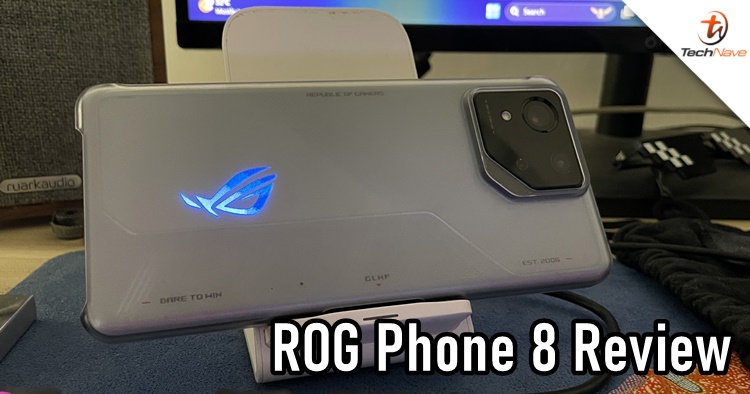
It's not often you see the ROG Phone get released super early in Malaysia, but here we are. The ROG Phone 8 series is now officially available. But hold on...why does it look so...mainstream? It's not just me, but lots of folks have been saying the same thing since its debut at the CES 2024 event.
Make no mistake, the ROG Phone 8 series is pretty much still a gaming smartphone. But this time ASUS wants to market it to the mass audience. Hence, a change of look and design to make it more mainstream. The company has also improved the camera aspect, but how good is it now? Strap yourself in and do check out my review of the ROG Phone 8.
Design - Is this mainstream enough?
The DNA of the ROG Phone series has always been its gamer-ish design. Compared to the predecessors over the years, a glance at the previous models will just scream "gamer" all over the place. For the ROG Phone 8? You can argue that it lost the charm. Personally, I think it still looks fine. But it pales in comparison, for sure. The only thing that it's got going on is the LED ROG logo and some wording here and there.
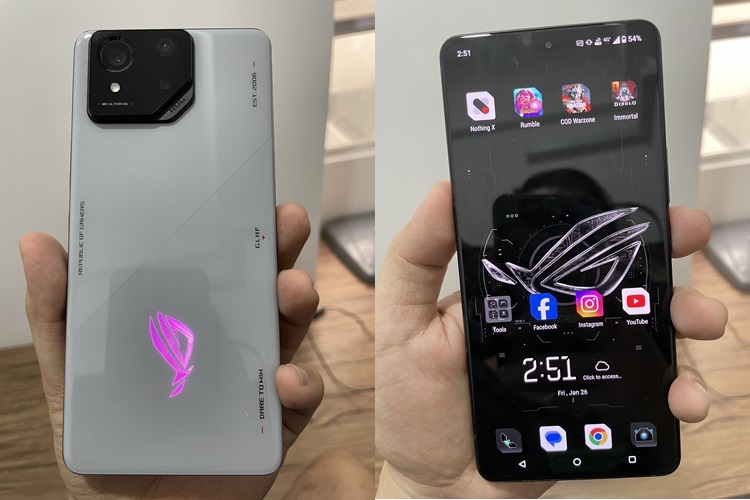
How do you like the new look?
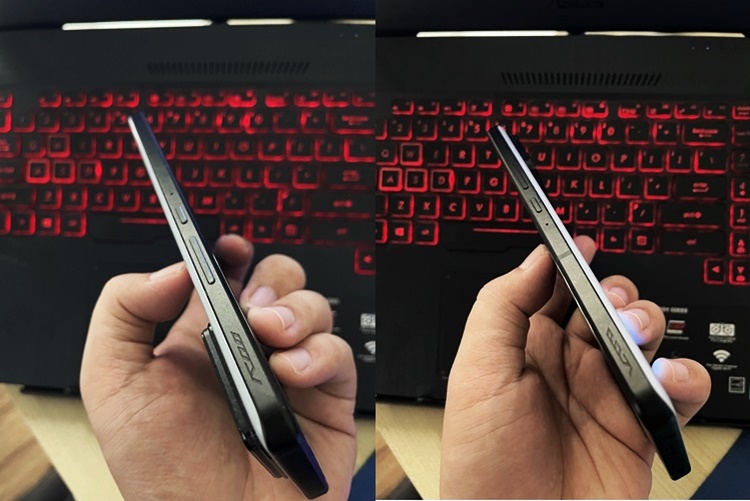
At least they didn't remove the AirTriggers
If ASUS ROG's goal is to make it appealing and mainstream enough to the mass audience, did it succeed? Honestly, it's hard to tell since the ROG Phone 8 was just released in Malaysia. But truthfully, I can tell you that none of my non-gaming friends are interested. Some would be intrigued by the LED light, but that's about it. Also, the protruding camera bump is horrendous.
Speaking of cameras, it has a single cutout front camera now, which is a downgrade. Of course, most phones have that and people are used to it already. But this is the first time the lineup has such a thing, and it can get annoying since it's very noticeable when playing games. Despite that, the ROG Phone 8 retains several gaming features, such as the ever-useful AirTriggers and dual USB-C charging port at the bottom and left side.
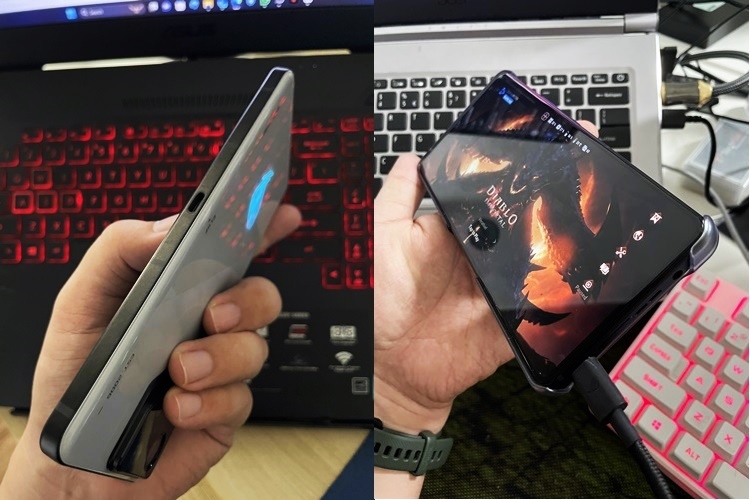
Dual USB-C ports
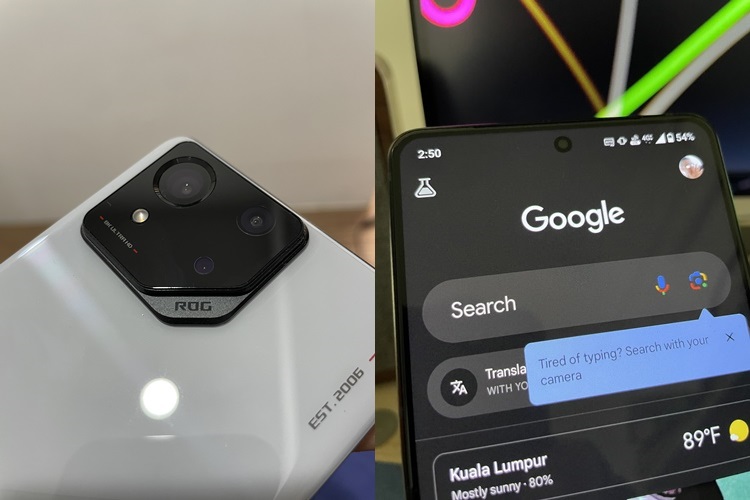
The big protruding camera bump and a punch-hole front camera, ew
It's also worth noticing that the ROG Phone 8 (along with the pro model) doesn't have a dual-front-facing speaker anymore. There are still two speakers, but the bottom one is just facing outwards instead of towards you like previous models. It probably won't make that much of a difference for casual users. But it's a different story for hardcore mobile gamers.
Tech specs and features - Are the AI features changing the game?
Below are the official specifications of the ROG Phone 8 in Malaysia:
- Snapdragon 8 Gen 3 chipset
- 12GB of LPDDR5X RAM
- 256GB of UFS 4.0 storage
- Measures 163.8x76.8x8.9 mm, weighs 225g
- 6.78-inch FHD+ (2400x1080 pixels) SAMSUNG Flexible AMOLED (with Corning Gorilla Glass Victus 2, LTPO 1~120Hz, Max to 165Hz, up to 2500nits peak brightness, HDR10)
- Triple rear camera - Sony IMX890 50MP (main, OIS) + 13MP (ultrawide) + 32MP (telephoto, OIS, 3x optical zoom)
- Front camera - 32MP RGBW sensor
- Features - Armoury Crate + AI Gaming Features, AirTriggers, 3.5mm audio jack, aptX Adaptive, aptX lossless, up to 8K UHD + 24FPS video recording,
- Supports up to 6GHz WiFi, Bluetooth 5.3, NFC, WiFi 7 (depends on regulatory limitations), 5G connectivity
- 5500mAh battery with up to 65W HyperCharge
- Android 14 with ROG UI
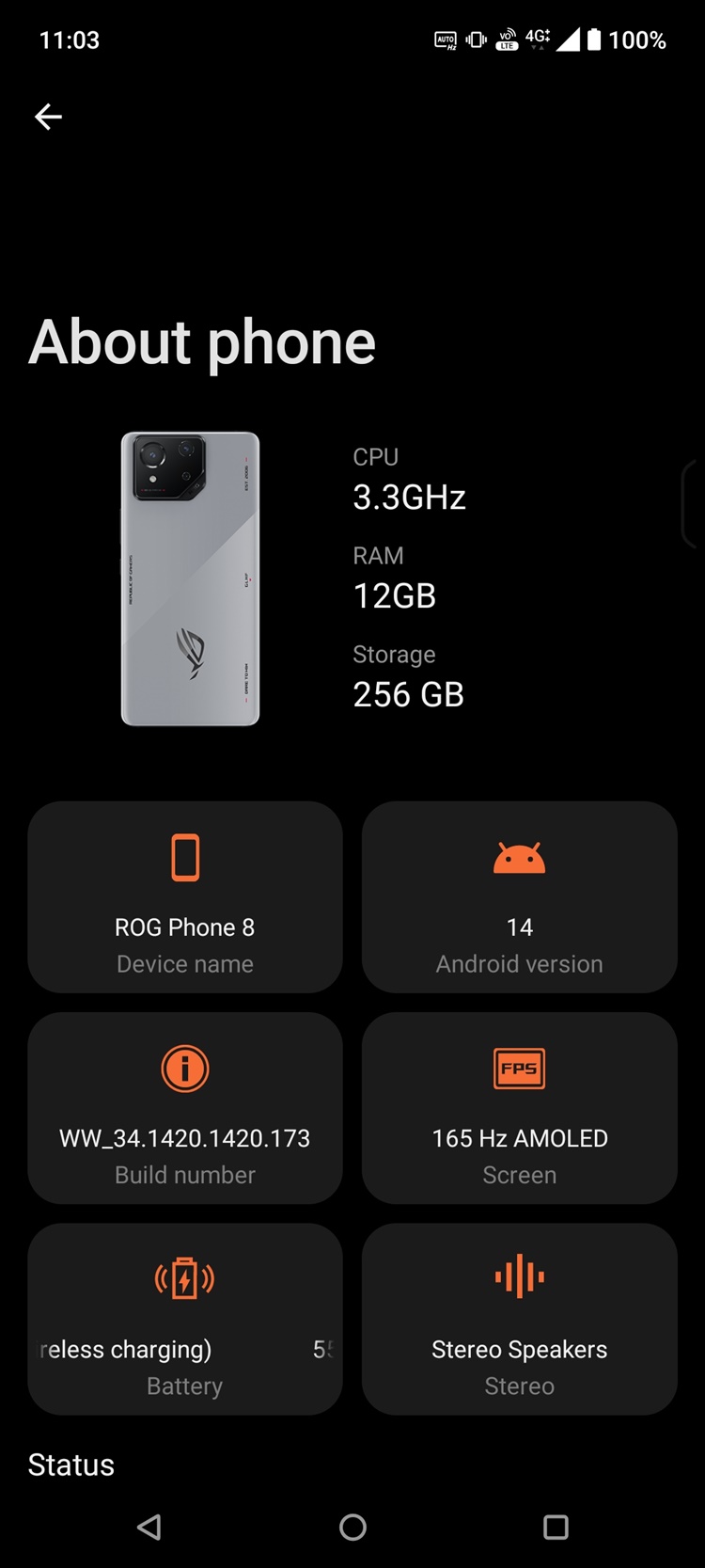
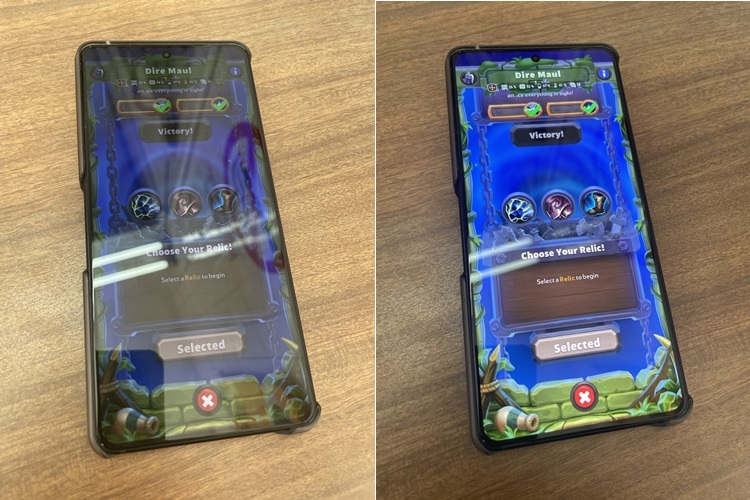
Brightness at half level (left) and max level (right) for outdoors
Moving on to the features, the ROG Phone 8 has some improvements, particularly the display section. The refresh rate is smooth as a baby's bottom, so most modern mobile games look great with it (more on that later). The brightness is also insanely high at 2500nits max, allowing you to view content under the sun. Also, it has the latest Snapdragon 8 Gen 3 chip.
If you missed reading about the Snapdragon 8 Gen 3 chip, it's basically all about AI capability. It's up to the developers how they can make use of it. ASUS integrated four AI features - X Capture, AI Grabber, X Sense and Background Mode into the phone. When I first read the details of the features by ASUS, they sounded pretty useful on paper. But it depends if you really want to use them.
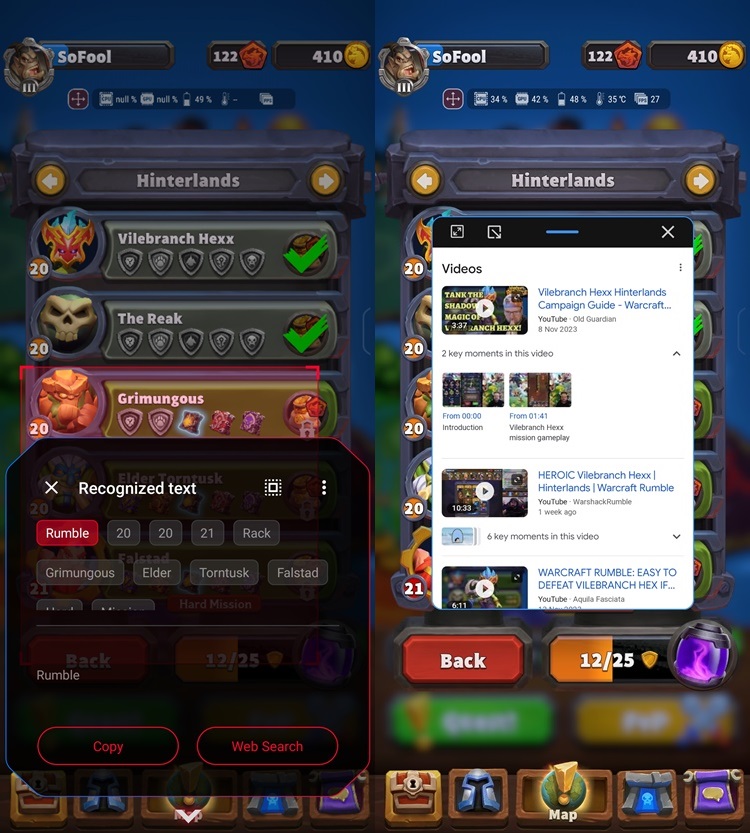
AI Grabber in action
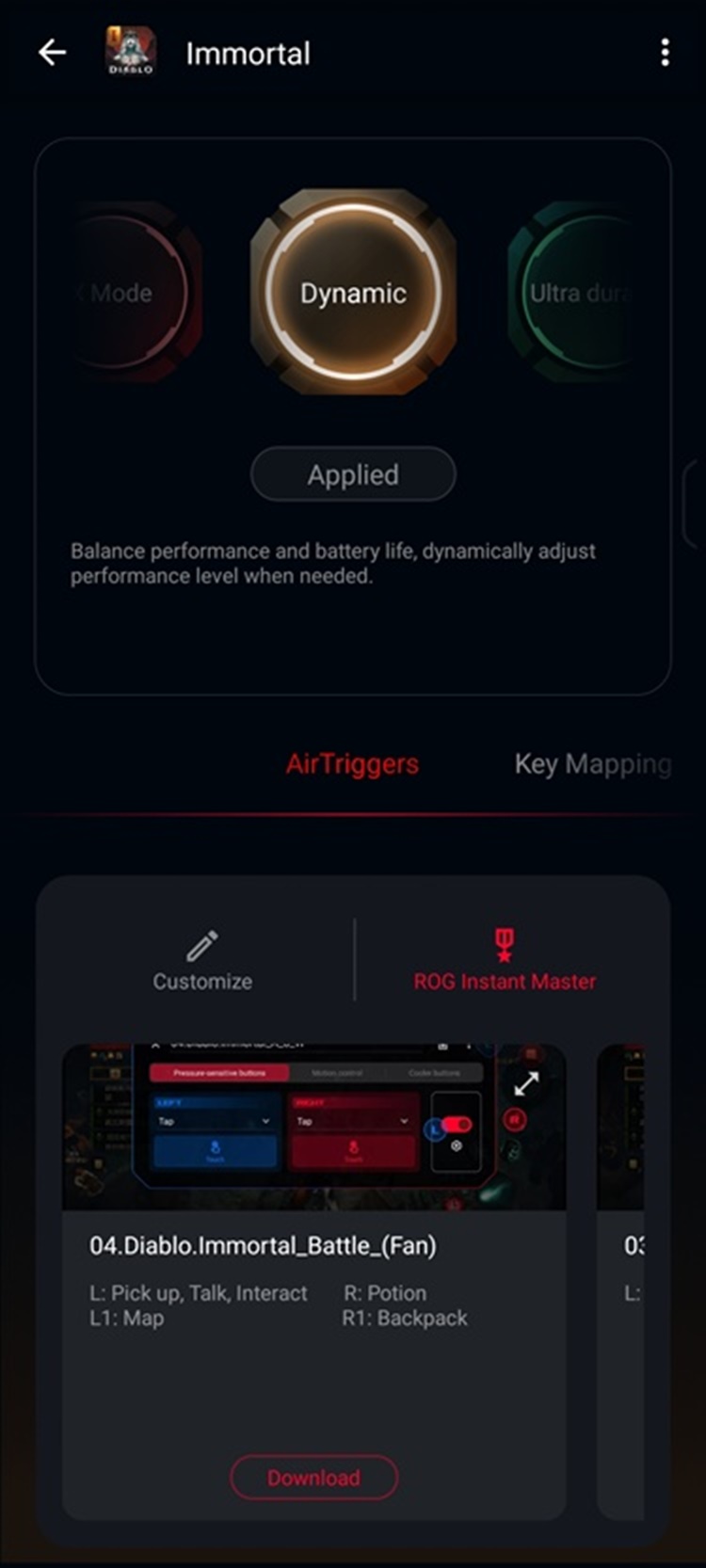
What is this and how do I customise my own?
For instance, AI Grabber is a tool that lets you capture text directly from games. And with its Machine Learning Recognition technology, it can assist you by providing online tips via Google without leaving the game. I have to say, this feature is not bad, but results are not always consistent. If you're used to visiting fan websites, AI Grabber may feel redundant.
ASUS also said X Capture and X Sense 2.0 now support more new top games thanks to AI Pattern Recognition technology. Then again, it's only for selected games like Genshin Impact (pretty useful with Auto-Run, Auto-Pick Up and Speed Text). There are other AI features like Semantic Search, AI Wallpaper, and AI noise-cancellation technology that I didn't use at all (but you may find them useful). Plus, Macro and Vibration Mapping are present in the Game Genie bar but offer unclear tutorials on exactly what they are supposed to do.
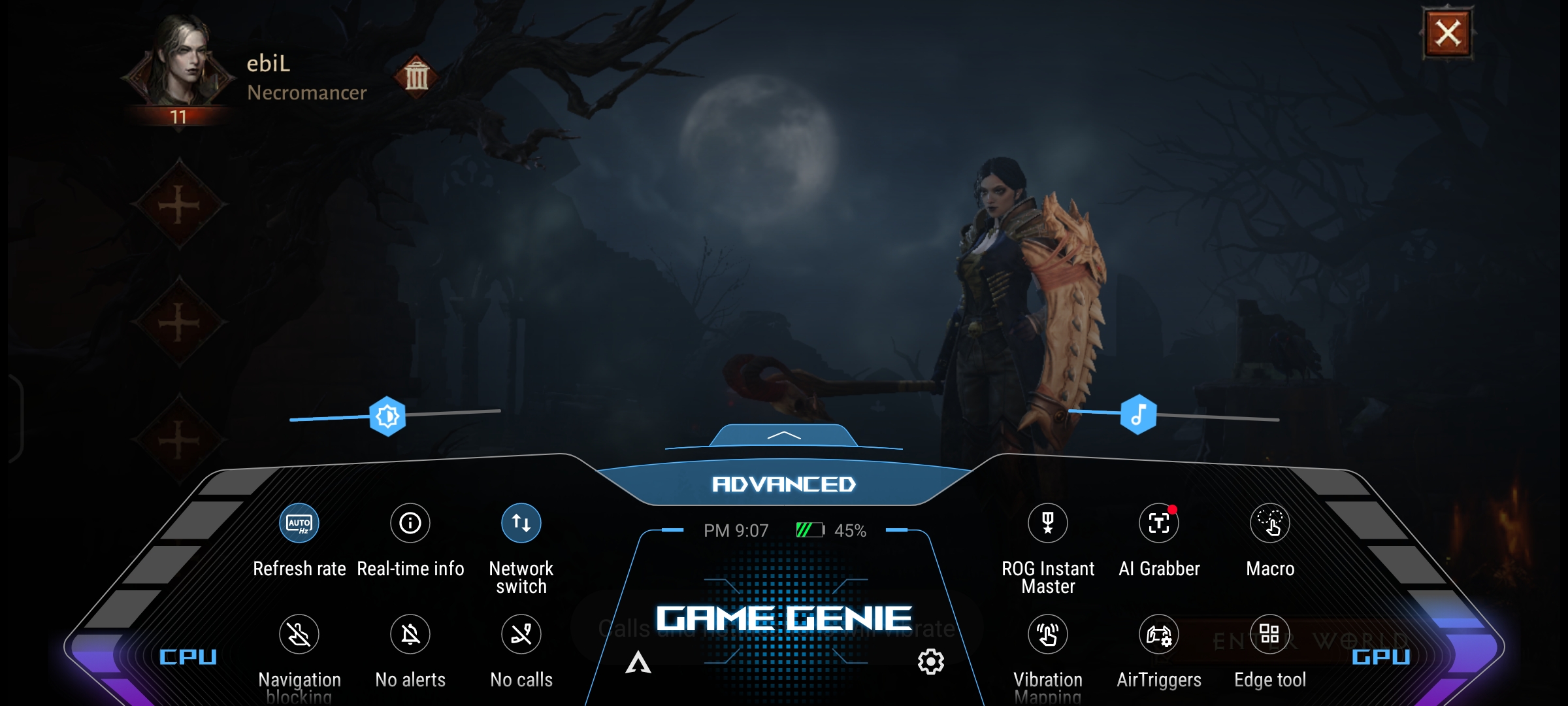
You can access the AI features via Game Genie
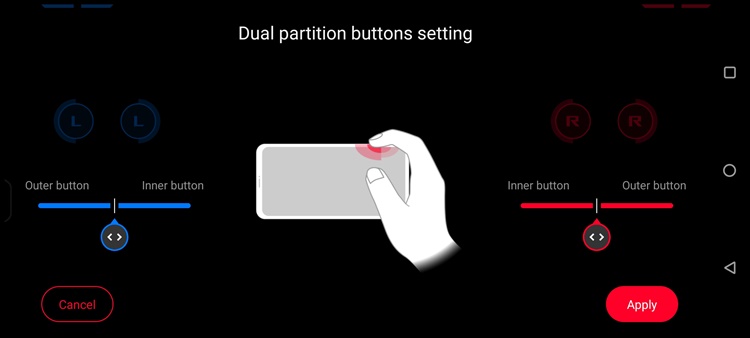
Setting up AirTriggers
Out of all the features, the AI Grabber is the most useful. Still, I hope they can think of better ways to elevate the gaming experience and better tutorials. Since ASUS wants to market this to the mass audience, the company needs to provide better tutorial steps and better explanations. I haven't used an ROG Phone for a long time and I almost forgot how to activate Game Genie, let alone casual users.
Performance - Still a gaming beast
Of course, there is no doubt that the ROG Phone 8 performs strongly. As you can expect from a phone with the Snapdragon 8 Gen 3 chipset, it can handle graphics-intensive mobile games easily. I can play Diablo Immortal at 60FPS seamlessly at the highest graphics (but not ultra). Strangely enough, some mobile games like WarCraft Rumble and COD Warzone Mobile crash and glitch often on the phone, but not Asphalt 9 and COD Mobile. I think there's nothing to worry about, though, as it's a known fact that WarCraft Rumble often has problems and COD Warzone has gone haywire after a recent update (both from Activision Blizzard, of course lol).
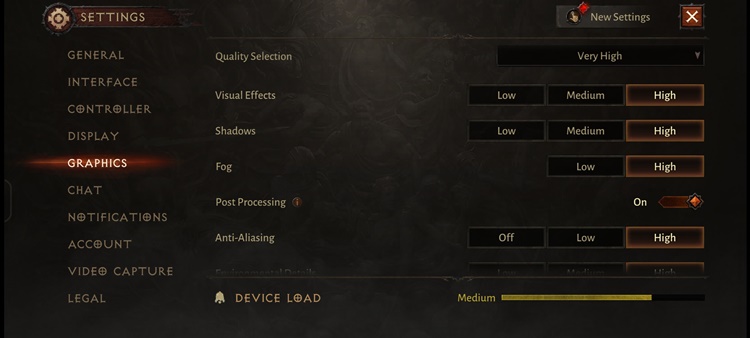
Diablo Immortal demo and settings
Warcraft Rumble animations look superb, but sometimes it can crash
(more of an app problem, trust me)
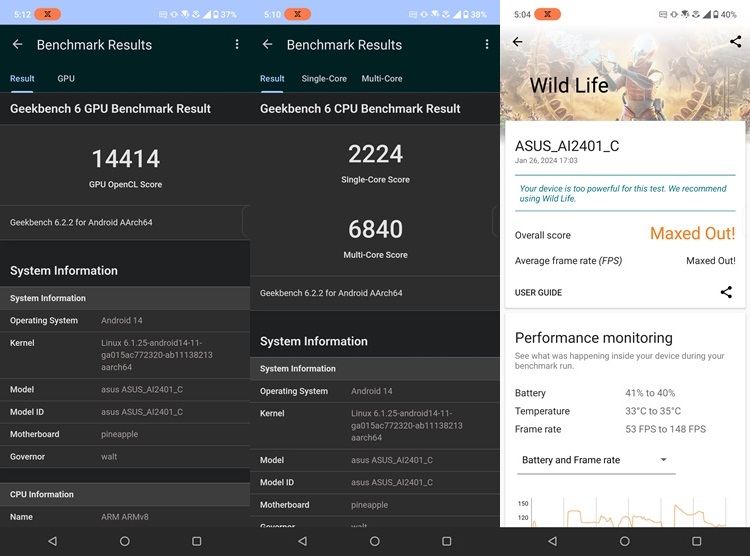
The scores from Geekbench (left) and 3D Mark (right)
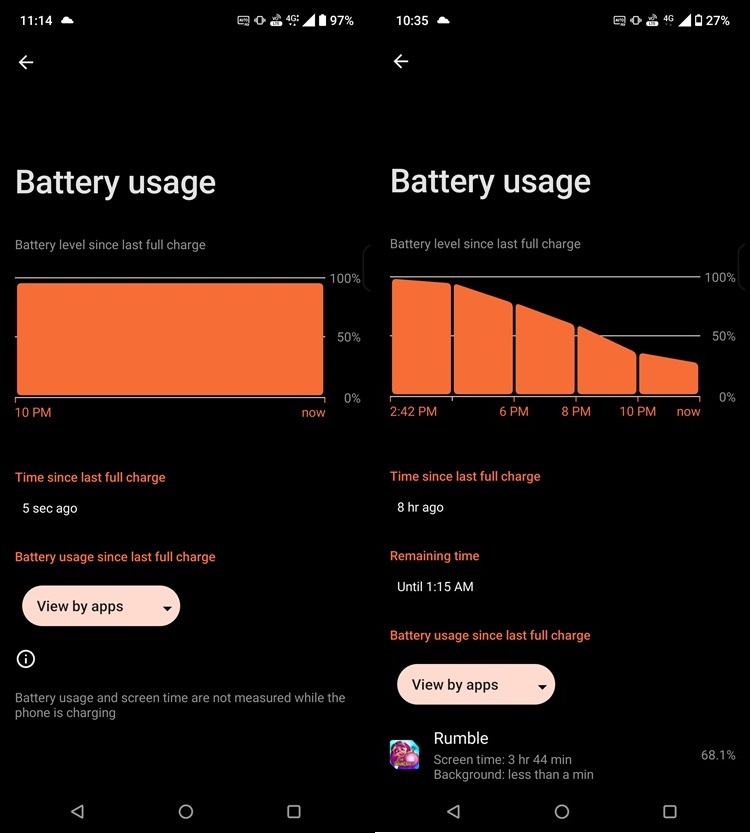
The battery pack is slightly smaller than its predecessor but can still "tahan" quite well
On a typical day of normal social media usage, the ROG Phone 8 can last the whole day. When gaming, the battery pack can take a few punches for long hours. Even if you need to recharge, it does so ridiculously fast thanks to the HyperCharge (only takes an hour from 10 to 100%). However, I'm not a fan of the warmness of the back cover. The ActiveCooler X is not provided for the ROG Phone 8 unless you get the early bird bundle package now. But otherwise, you have to buy one as a separate accessory for RM349.
As a "mainstream" gaming phone, another important aspect is the camera quality. Prior to its release, ASUS did hype up the phone's improved cameras. Overall, the photos taken are impressive in showing bright, clear details. However, the quality isn't very consistent and the AI tends to digitalise some parts of the photo too much. The backlight aspect is quite weak for a 2024 flagship and I hope it's something ASUS can fix. Well, just take a look at them below.
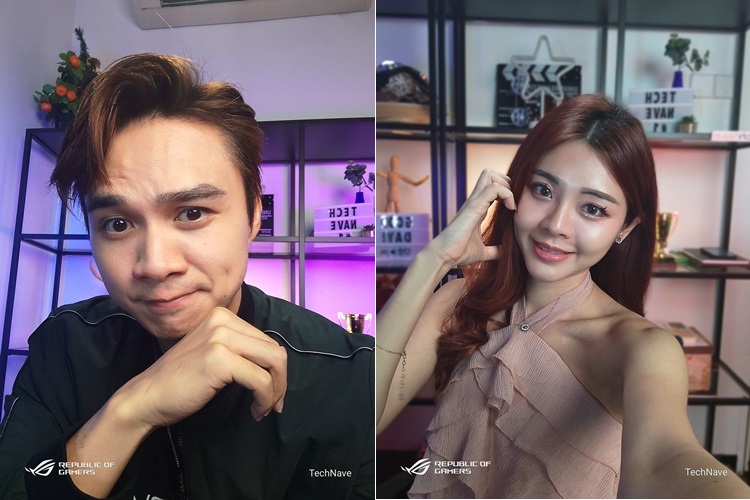
Selfies
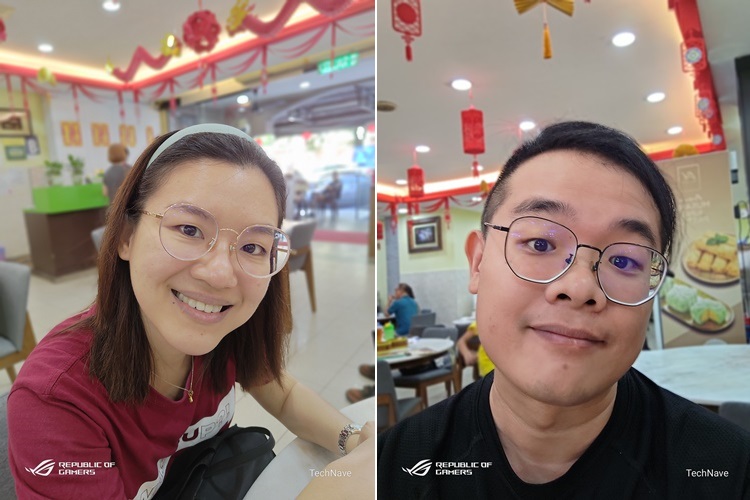
Selfies with portrait mode (the bokeh on both looks weak)


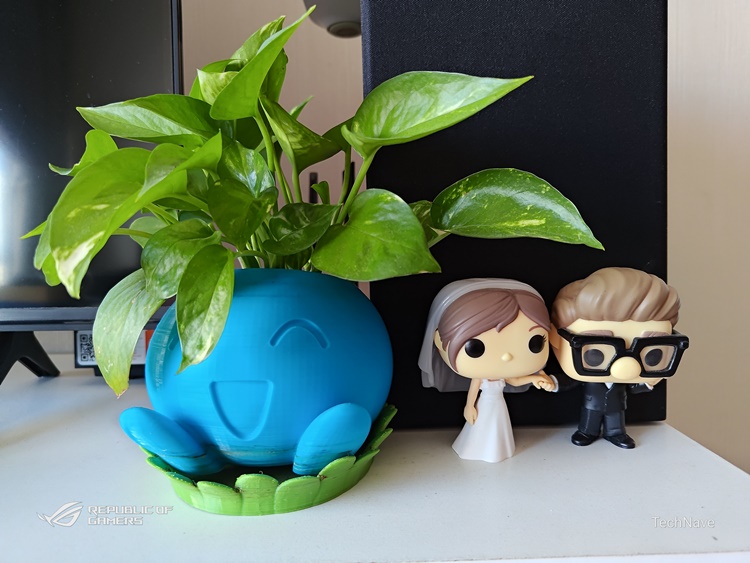
Close up photos
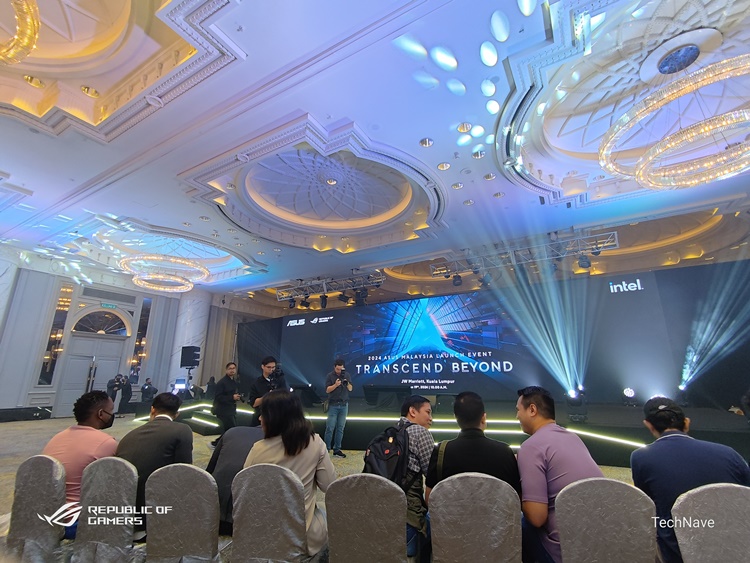
Indoor shots are generally good
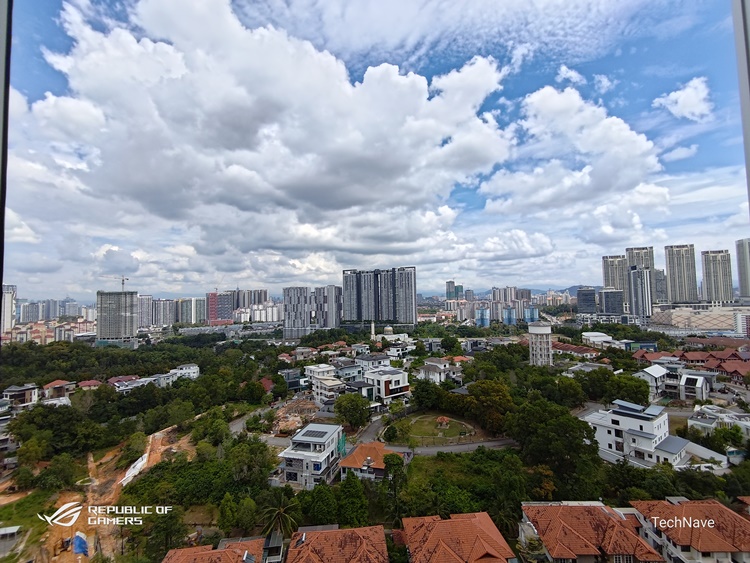
The sky here looks super fake for some reason
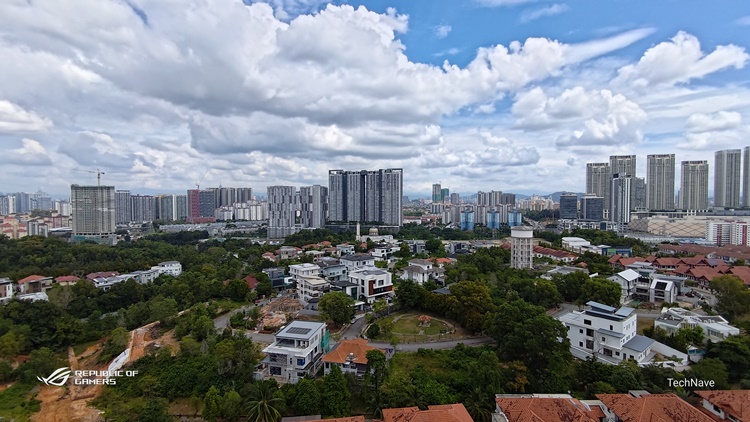
Ultrawide mode in 16:9 aspect ratio, the AI is drunk in processing the sky

Honestly, I expect the backlight to be much better than this
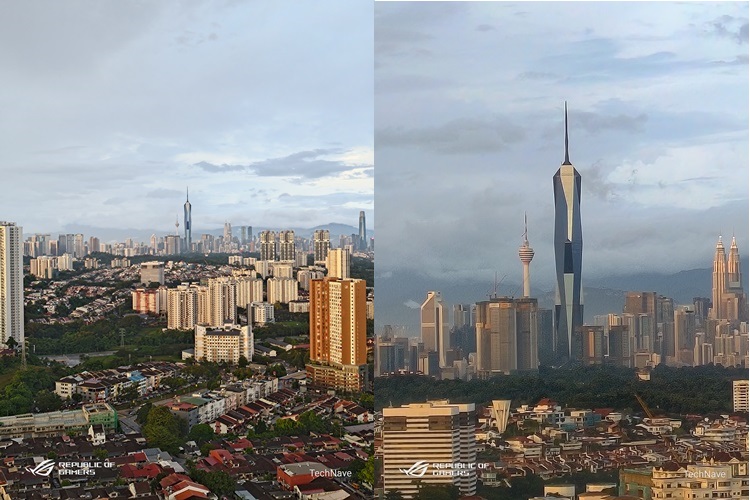
2x optical zoom (left) and 8x digital zoom mode (right)
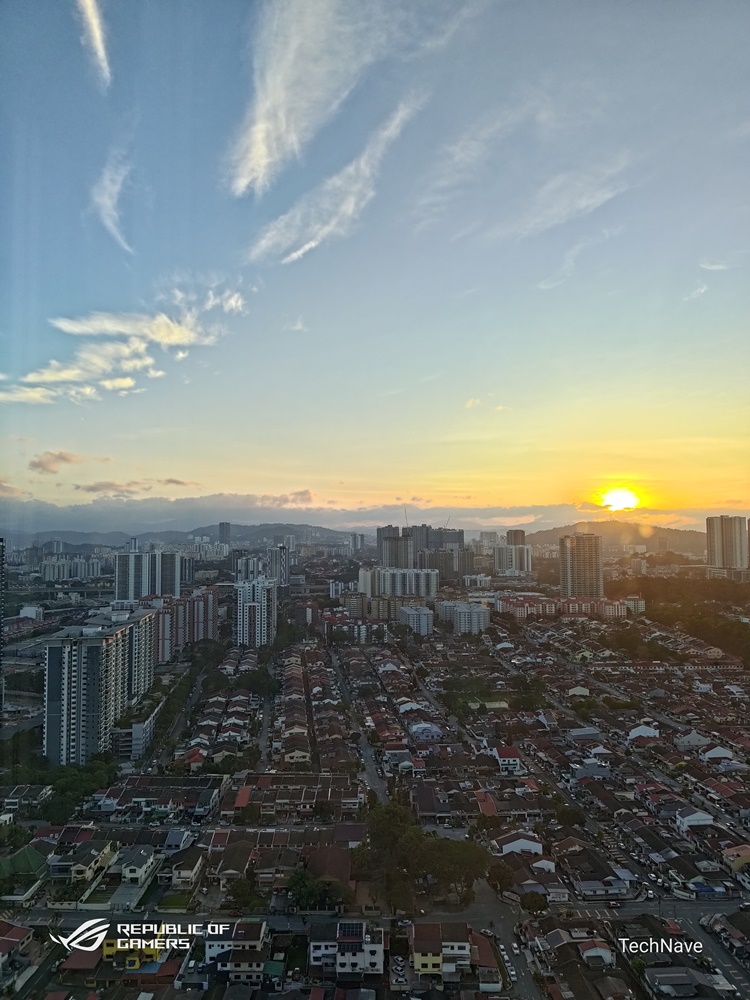
Normal mode of the rising sun
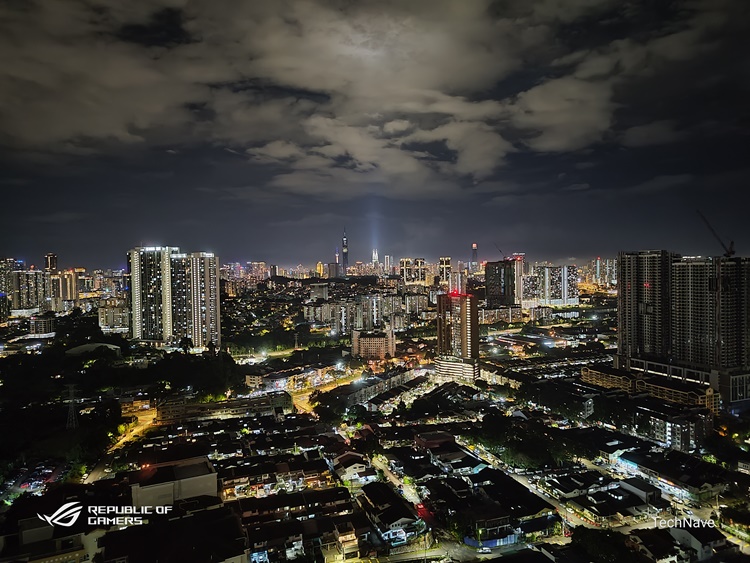
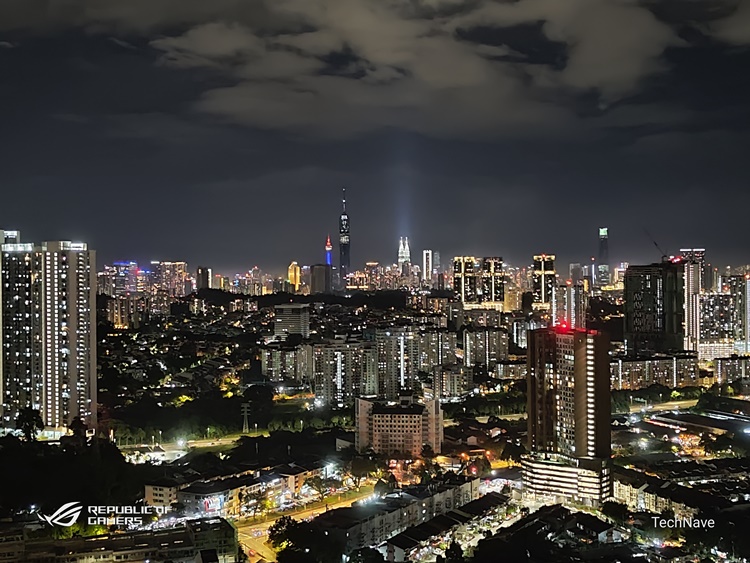
Night shows in ultrawide and normal mode
Conclusion - Still strong as ever but now with a confused identity
I think overall the ROG Phone 8 performs well as a gaming phone and does what it does best. However, I'm not so sure of ASUS' decision to go mainstream. Some gamers aren't fond of the boring downgraded look, the punch-hole front camera and the new dual speaker location. The photo quality is just fine and can be improved further.
A perfect analogy of this would be ASUS promoting a ROG gaming laptop that looks like a normal Vivobook. There's nothing wrong with that. But it's just...not appealing and it's hard to cater to both casual and gamers. Moreover, the ROG Phone 8 is not the only one with the Snapdragon 8 Gen 3. There will be a few more flagships this year with this chipset that will handle mobile gaming very well.
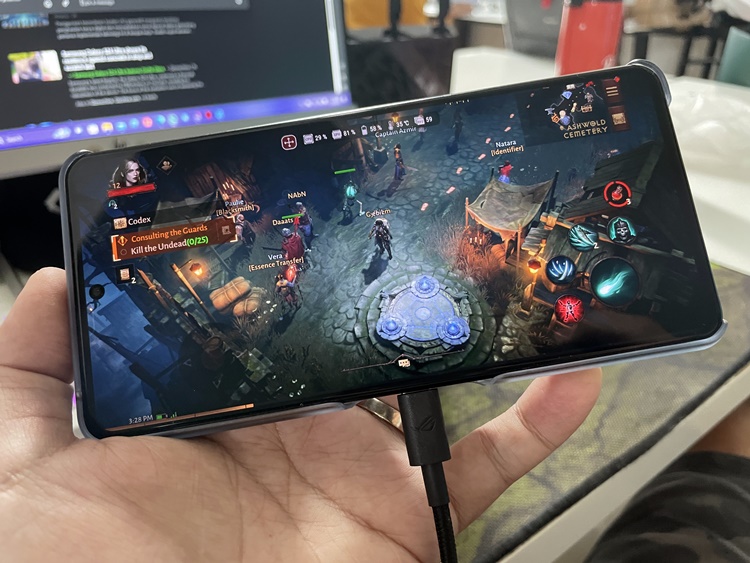
At the price range of RM3999, the ROG Phone 8 looks safe for now. But I reckon more fans and gamers are more interested in the ROG Phone 8 Pro, which looks cooler. A close contender is the iQOO 12 5G with the same chipset and many similar features for RM3399, but we didn't really have an in-depth review about it. But what do you think? Let us know in the comments below and stay tuned for more trending tech gadget reviews at TechNave.com.




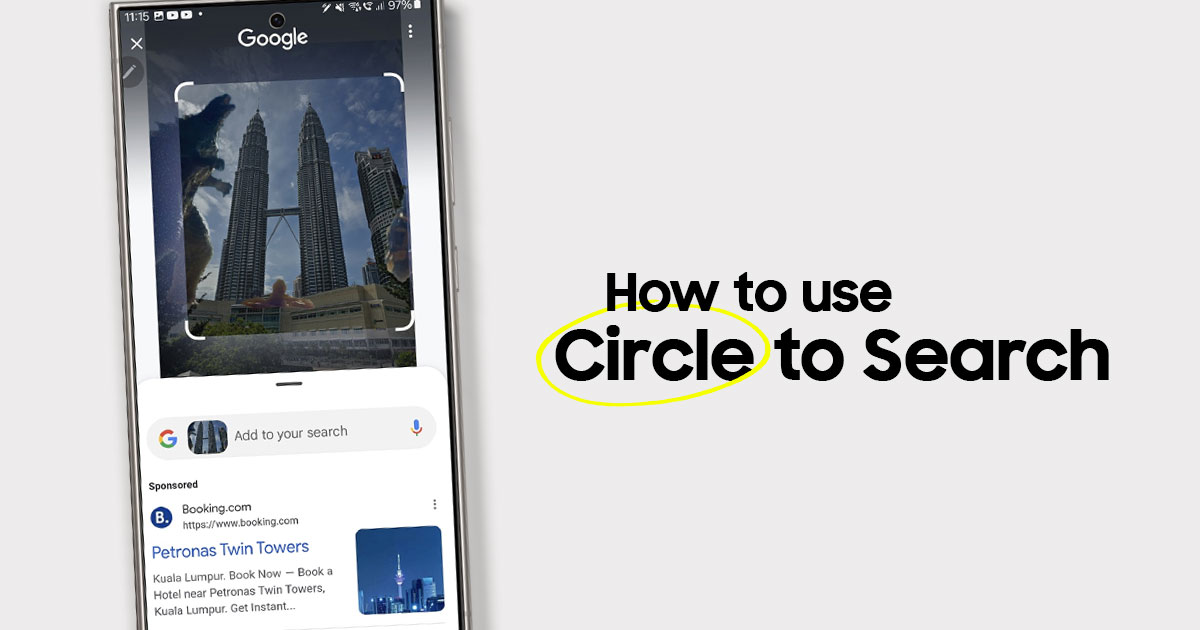

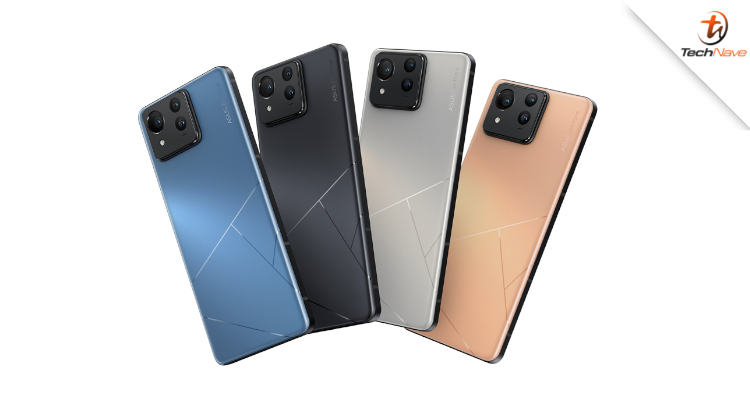
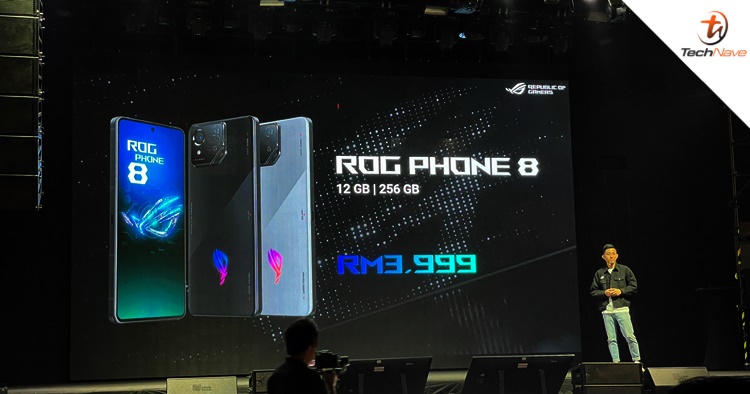
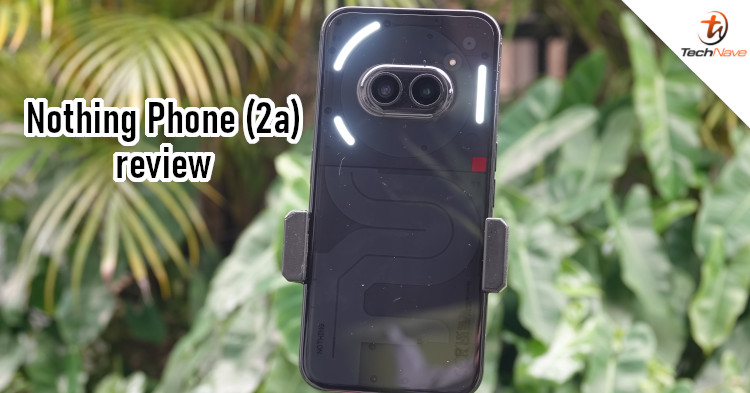
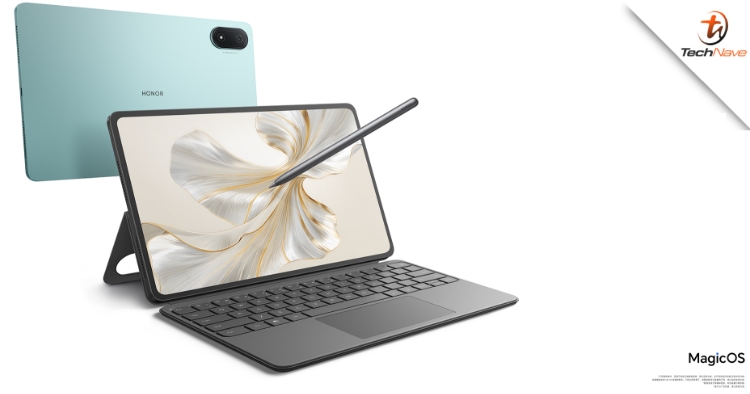
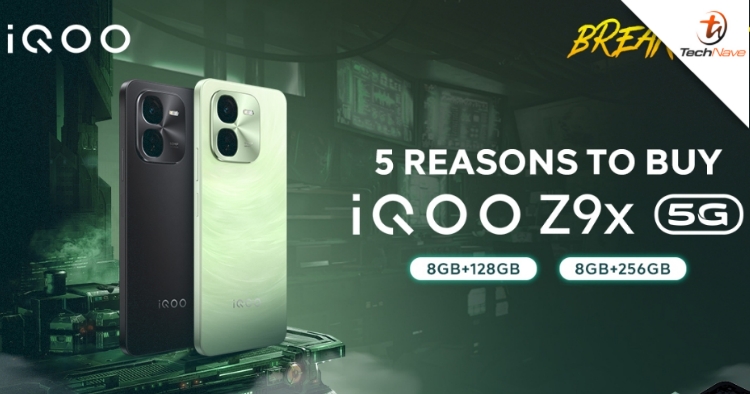
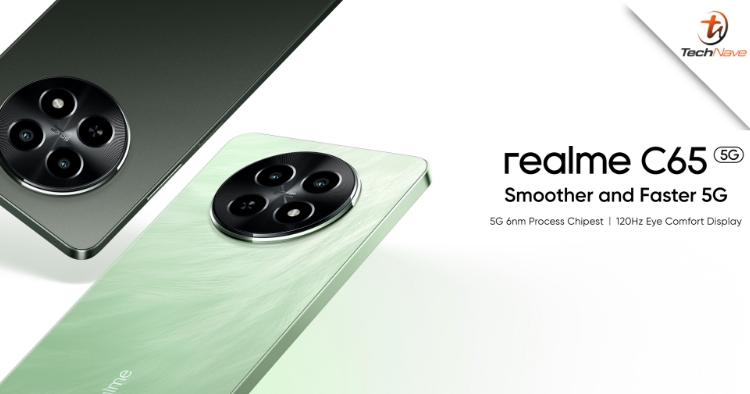



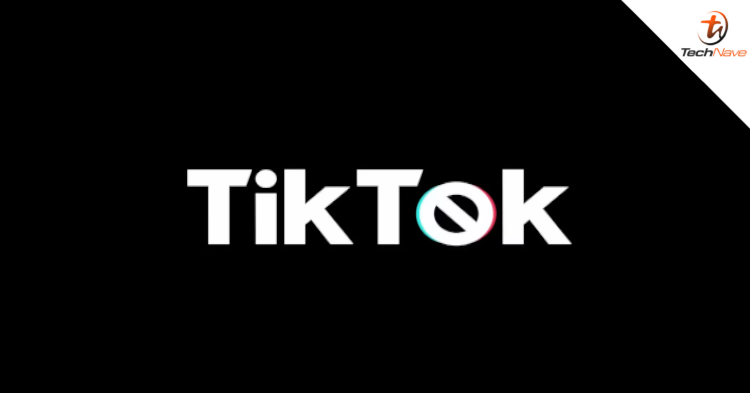
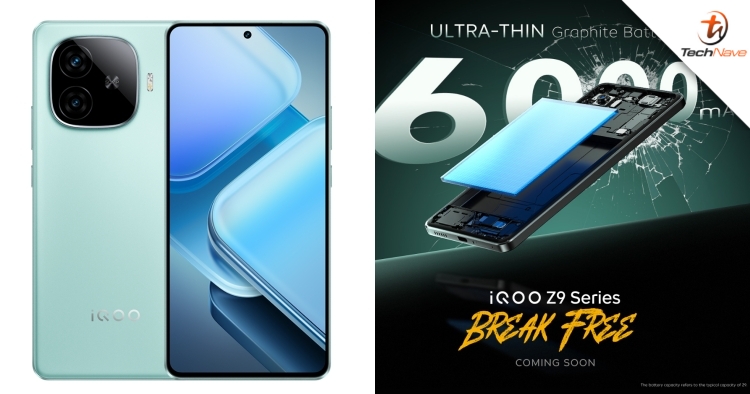
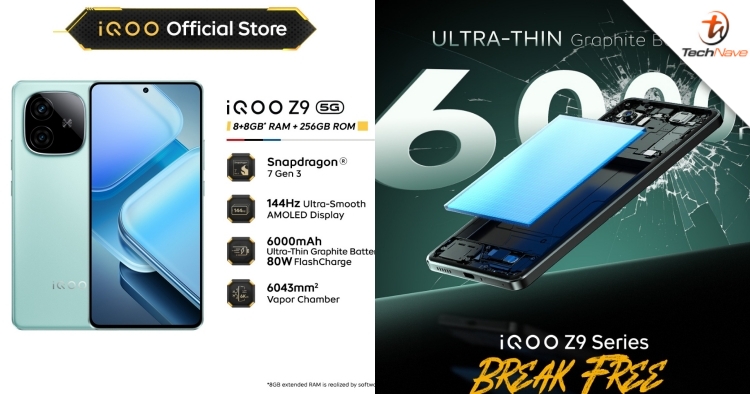
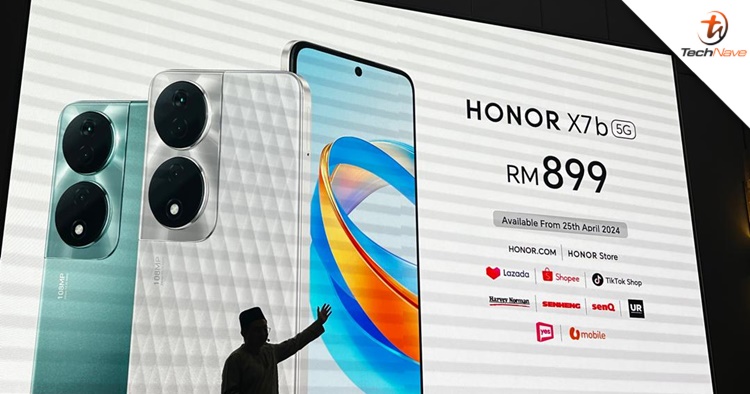
COMMENTS